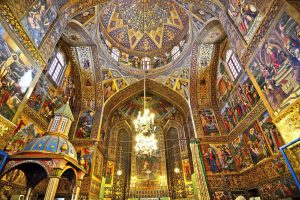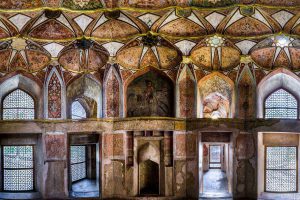Persian calendar
Medieval era: Jalali calendar
In 1079 CE, the Jalal Al Din Shah Seljuqi ordered to change the Islamic Calendar -that is based on the lunar system- to the calendar of Omar Khayyam; this new calendar was called the Jalali Calendar. Khayyam did an effort for 8 years in Isfahan, that was capital of Iran in the time of the Seljuq dynasty. In this new system Khayyam planned his calendar so that the beginning of the new year, the first day of spring -called Norooz. Before that, Norooz was not a specified day and each year’s beginning was changing. So Iranian celebrates the first day of spring due to this system, designed by Khayyam that is a fixed day each year.
In 1925 there were some new changes to the calendar and a little bit more modernized. The first six months have 31 days, the next five 30 days and the twelfth has 29 days -and 30 in leap years. we have also –public holidays list here.
Modern calendar: Solar Hijri Shamsi (connected to the solar system)
Pahlavi dynasty adoptedthe present Iranian calendar on 31 March 1925. The law said that the first day of the year should be the first day of spring in ‘the true solar year’, as it was like this before. The number of the days varied by year with the sidereal zodiac previously, that changed to fixed number of days in each month. It also revived the ancient Persian names, which are still used. The origin of the calendar specified to the Hegira of Muhammad from Mecca to Medina in 622 CE.
|
Persian Month |
Latin Month |
|
Farvardin |
21 March to 20 April |
|
Ordibehesht |
21 April to 21 May |
|
Khordad |
22 May to 21 June |
|
Tir |
22 June to 22 July |
|
Mordad |
23 July to 22 August |
|
Shahrivar |
23 August to 22 September |
|
Mehr |
23 September to 22 October |
|
Aban |
23 October to 21 November |
|
Azar |
22 November to 21 December |
|
Day |
22 December to 20 January |
|
Bahman |
21 January to 19 February |
|
Esfand |
20 February to 20 March |


